Taiwan has plenty to celebrate when it comes to design. Aside from its considerable legacy as a global manufacturing hub, the capital is also home to a thriving community of professionals and students whose expertise spans the fields of industrial, product, furniture, spatial, visual communication, packaging, and fashion design. But aside from a handful of WDC events to celebrate Taipei’s achievements in design, such as the Creative Expo Taiwan and the International Design House Exhibition, the city set its sights on a greater challenge during its reign as the World Design Capital.
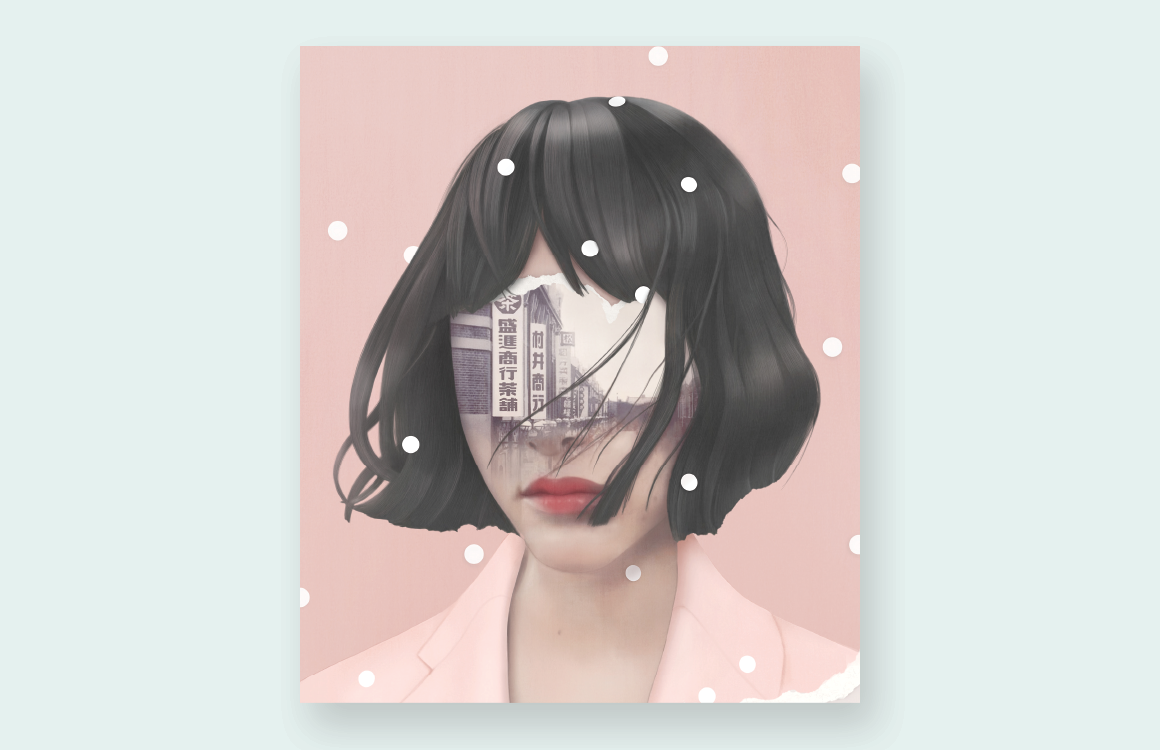
Recognizing that design is about far more than aesthetics, Taipei’s goal was to galvanize a series of innovative urban initiatives that would use design thinking as a tool to drive progress, tackle the challenges of urbanization faced by the city, and transform the lives of ordinary citizens. Taipei adopted the theme of “Adaptive City—Design in Motion,” hoping to demonstrate how cities with limited resources can adapt to meet the demands of citizens and use design-led innovation to reinvigorate the city and raise quality of life.
Under the leadership of Mayor Ko Wen-je, the WDC Taipei 2016 committee took a hard look at the city’s challenges, such as limitations on space and resources, a rapidly aging population, slow economic growth, expensive house prices, and the effects of extreme weather conditions. Efforts were focused around the concept of sisheng (four lives), a term that encompasses quality of life and health, ecological sustainability, smart living, and urban regeneration.
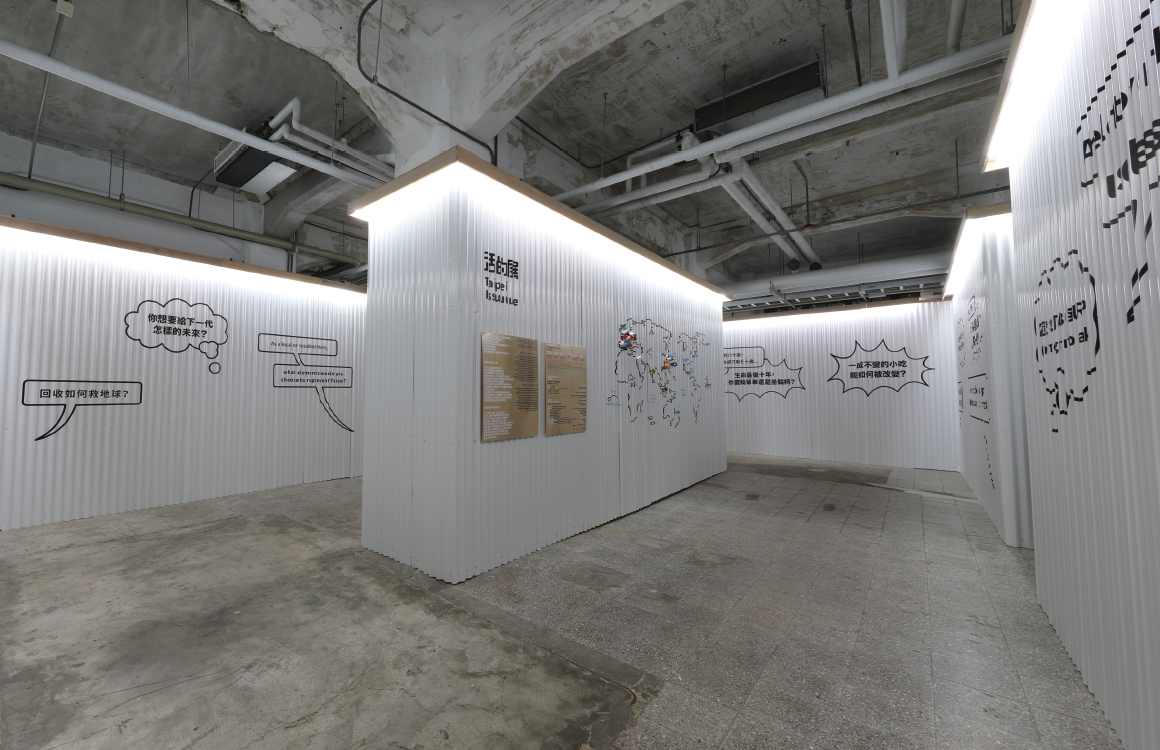
- BUILDING LINKAGES
- REAL DESIGN SOLUTIONS
- LOOKING AHEAD
Building Linkages
While total transformation may have been an ambitious goal to realize in the space of one year, significant headway was made over the course of the 2016 to build unprecedented linkages between different city government departments, professional designers, and citizens. With over 6,000 exhibitions, workshops, forums, and programs launched during the WDC Taipei 2016 year and an estimated 8 million participants combined, the wheels were set in motion.
Among the crowning achievements of WDC Taipei 2016, the International Open Call program yielded some of the most impressive results, bringing six innovative, sisheng-inspired social design interventions to Taipei residents over the course of the year. Of all six International Open Call projects, the one that truly stole the show was Re-create Taipei, an initiative launched by local design team Agua Design in partnership with Spanish artist collective Basurama. Frustrated with the uniformity of the design of Taipei’s public parks, as well as the rigid rules for play, the team enlisted the help of local community volunteers and overhauled two unused urban spaces with play equipment made entirely of up-cycled trash.
Composed of hauls of treasure from the recycling plants surrounding Taipei, including water tanks, lampposts, and car tires, the parks attracted curious visitors both large and small. Basurama also playfully introduced the Spanish concept of risk-based learning to Taipei’s typically more anxious parents via tongue-in-cheek safety signs warning of the danger of holes in nets and foot-biting ants. The Public Works Department were so enamored of the parks that they hope to invite Basurama back to Taipei in the coming months to develop more.
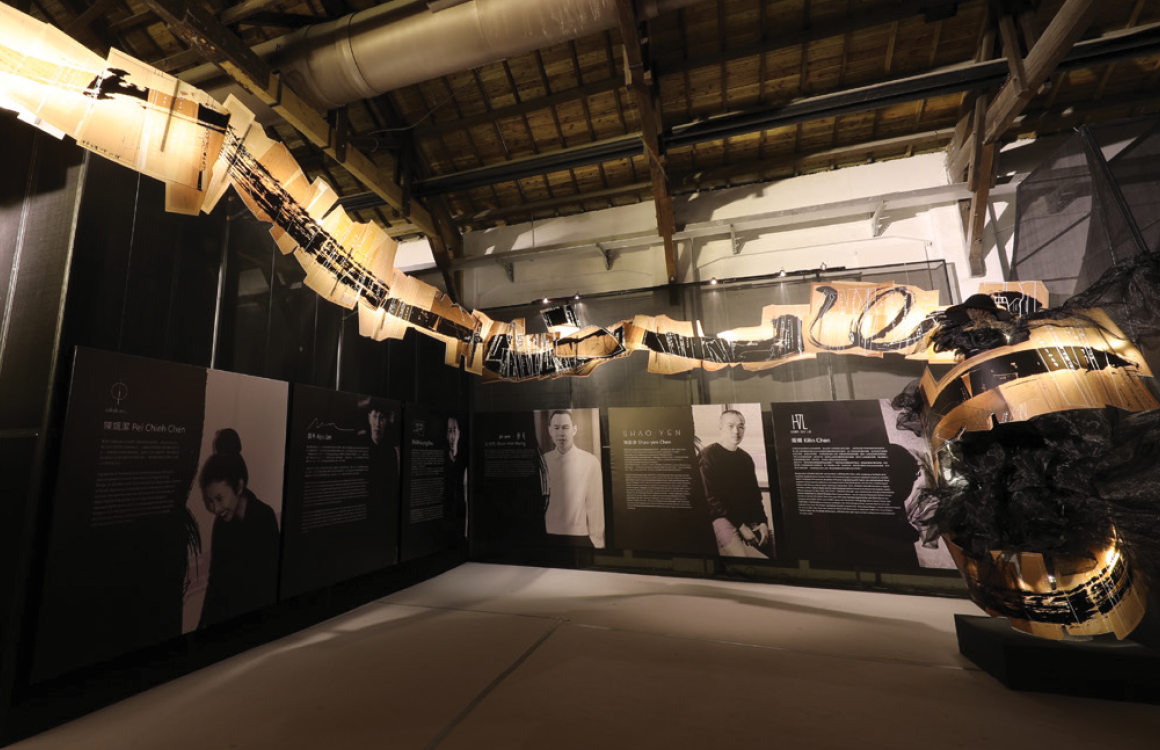
- BUILDING LINKAGES
- REAL DESIGN SOLUTIONS
- LOOKING AHEAD
Real Design Solutions
Other highlights from the International Open Call program included the Green Ocean Project run by Renato Lab, a Taiwanese design firm that creates innovative recycled lifestyle products in partnership with the United Nations University in Germany. In a city addicted to takeaway milk tea and coffee, the team identified single-use paper and plastic cups as a serious flaw in the otherwise impressive recycling system in Taipei. The Green Ocean Project team developed a prototype “reverse vending machine” called Pipr designed to help cut the number of single-use cups going to landfill—the estimated figure currently stands at an eye-watering 1.5 billion per year.
Taiwan has one of the fastest growing elderly populations in the world, and through their pivotal International Open Call project, Next Design For Aging Society, 5% Design Action aimed to tackle the challenge head on. The Taiwanese non-profit organization inspires designers to devote five per cent of their free time to put their skills to use in social design issues, this time in an effort to alleviate some of the health and care-giving problems facing older people. In Taipei, for example, family members and Southeast Asian migrant workers often take on the role of caregiver due to a shortage of robust public services. As part of the project, Lisa Lin Halskov, the co-founder of Danish company Empathic Design, facilitated LEGO® SERIOUS PLAY® workshops with elderly participants and their caregivers to help address concerns about the culturally taboo topics of aging, sickness, and death.
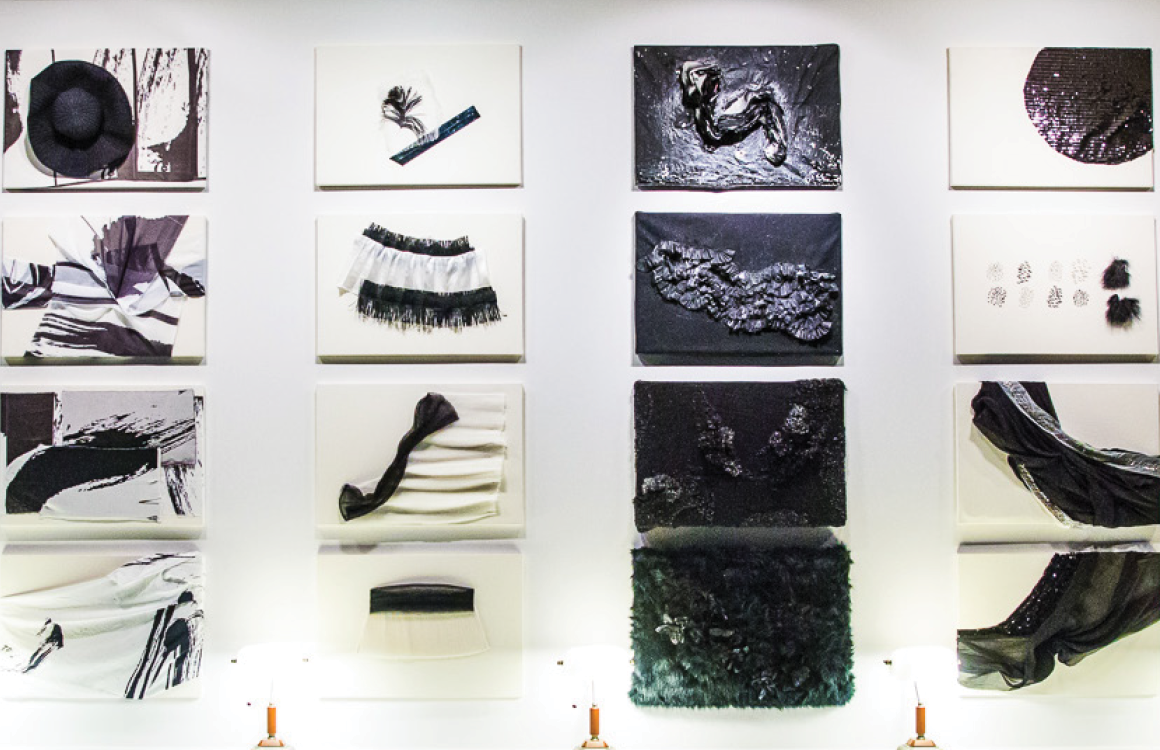
- BUILDING LINKAGES
- REAL DESIGN SOLUTIONS
- LOOKING AHEAD
Looking Ahead
Other notable projects in the WDC Taipei 2016 program included the Small Shop Signboard Manufacturer initiative, run in tandem by Agua Design and Archicake Design, which sought to upgrade the visual appearance of city streets. “There are so many big signboards in the city, and often the design is quite bad. What’s more, when a typhoon hits, these signs can often be blown off the building, which is really dangerous,” says Agua Chou, Founder of Agua Design. “This project was a great chance to explore how to give different districts of the city their own identity, and use colors and design to make the streets more beautiful.”
Bringing together designers with small shop owners and traditional market stall-holders, over the course of the year, the team redesigned one hundred signboards around the city Implementing a less-is-more approach, they introduced a sophisticated color palette and demonstrated the role design can play in driving commerce. The project deployed high calibre designers, such as local graphic design trendsetter Aaron Nieh, famed for his design of the labelling on a Taiwan Beer bottle series to commemorate President Tsai Ing-Wen’s inauguration. Nieh had a fun and fruitful experience tailoring his minimal style to fit the needs of a smiling Buddhist organic vegetable stall-holder in Dazhi Market who wanted something rather more cute and sunny.
While the WDC Taipei 2016 vision of a city-wide transformation has not yet been fully realized, sparks of inspiration were lit all over the city, and a drive to reinvent Taipei has been set in motion. It seems that Taipei’s design community put their imaginations to the test and won over municipal officials, opening up new possibilities for the city and inspiring its citizens. Taipei is now looking ahead to the future with the recent announcement that “WDC Taipei 2.0” will be receiving funding, a boost that will allow the Taipei City Government to firmly establish the legacy of the World Design Capital. As Mayor Ko reiterated at the Convocation Ceremony in December where the hallowed title was officially handed to Mexico City in anticipation of 2018, for Taipei, 2016 was just the beginning.











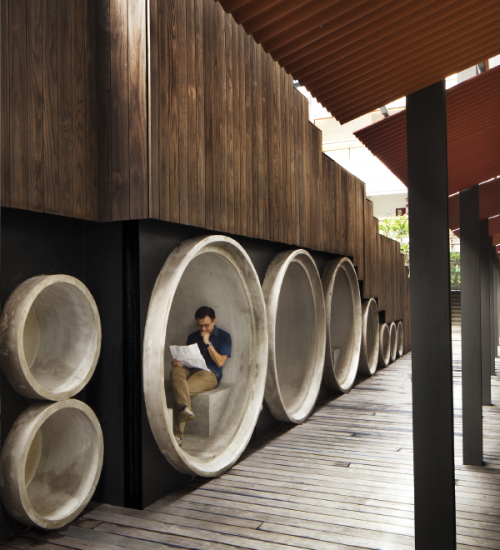
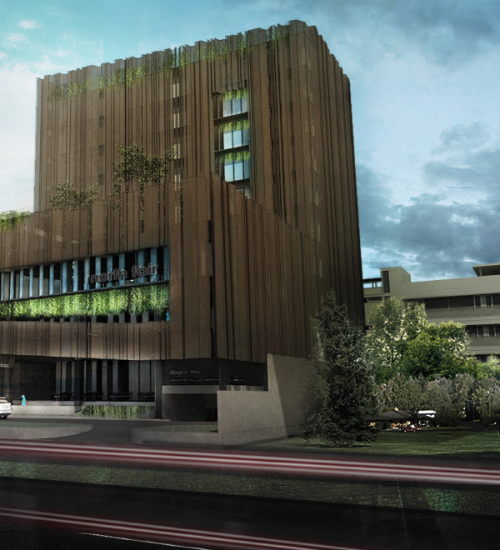
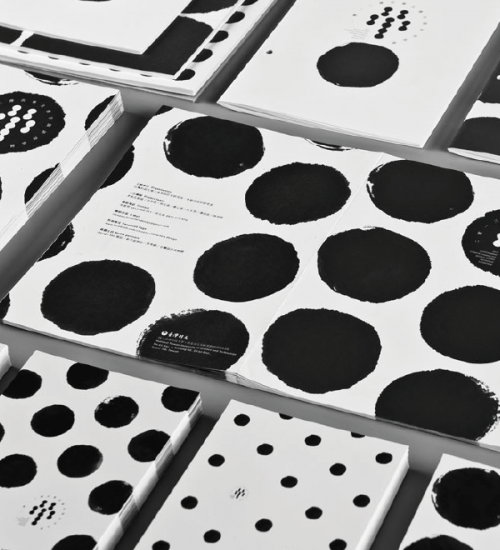
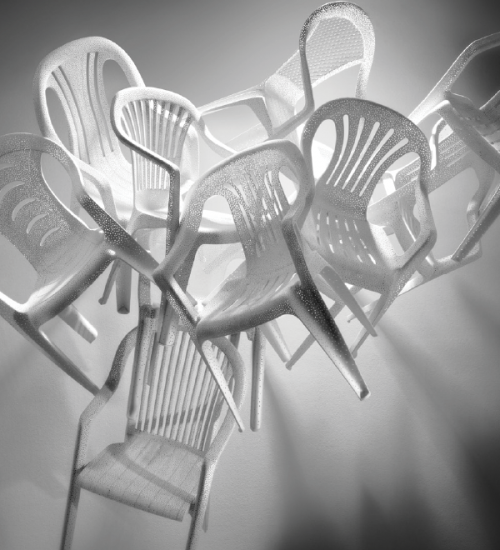
 Back
Back
